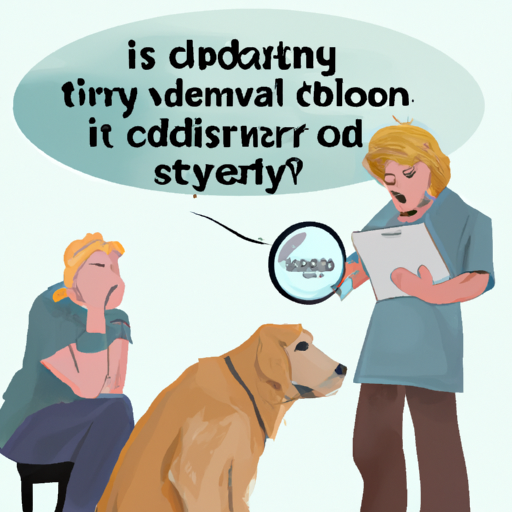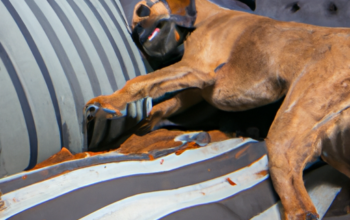Yeast infections in dogs are quite common and can become a persistent problem if not treated effectively. As a caregiver, your furry friend’s well-being is your top priority. Let’s explore how you can help your dog combat this pesky issue.
Understanding Yeast Infections in Dogs
Yeast is a type of fungus that’s naturally present on your dog’s skin. When the yeast population on the skin gets out of control, an infection can occur, leading to itchiness, redness, and discomfort for your dog.
Dogs with compromised immune systems, or those who are on antibiotics for a long time, are particularly prone to yeast infections. Dogs with skin folds or long, droopy ears are also more likely to develop yeast infections.
Recognizing the Symptoms
There are several signs that your dog might be suffering from a yeast infection:
- Constant scratching or rubbing at the infected area
- Red, inflamed skin
- Unpleasant smell
- Discharge from the ears
- Hair loss
- Dark, crusty skin
If you notice any of these symptoms, it’s crucial to consult a vet for a definitive diagnosis and treatment plan.
Effective Treatment Options
Once diagnosed, there are several treatment options available to help your dog overcome a yeast infection:
- Topical Treatments: These are creams, ointments, or shampoos designed to kill yeast on the skin surface. They’re often the first line of treatment.
- Oral Medications: If the infection is severe or hasn’t responded to topical treatment, your vet may prescribe oral antifungal medication.
- Medicated Baths: Regular medicated baths can help kill yeast on the skin and provide relief from itchiness.
Remember, it’s essential to follow the treatment plan given by your vet to ensure your dog’s speedy recovery.
Preventing Future Infections
Preventing yeast infections is just as important as treating them. Here are some ways you can help prevent future yeast infections in your dog:
- Regular grooming to keep your dog’s skin clean
- Providing a balanced diet to help improve your dog’s immune system
- Regularly checking and cleaning your dog’s ears
- Keeping your dog dry, as yeast thrives in moist environments
FAQs
Q: Can I use over-the-counter yeast infection treatments for my dog?
A: Always consult with your vet before using any medications on your dog. Some over-the-counter treatments may not be safe or effective for dogs.
Q: Can a yeast infection in a dog spread to humans or other pets?
A: No, yeast infections in dogs are not contagious and cannot spread to humans or other pets.
Q: How long does it take for a yeast infection in dogs to clear up?
A: With proper treatment, you should begin to see improvement within a week or two. However, it can take several weeks for the infection to clear up completely.
Q: Can I prevent my dog from getting yeast infections?
A: While you can’t completely prevent yeast infections, regular grooming, a balanced diet, and keeping your dog dry can significantly reduce the risk.
Remember, as a caregiver, your role is pivotal in maintaining your dog’s health. Stay vigilant for signs of discomfort and provide the necessary care and treatment promptly.



